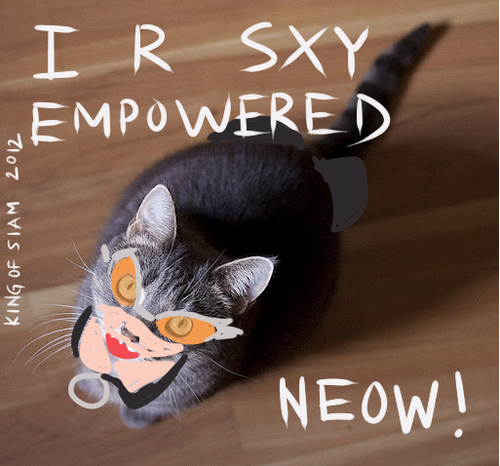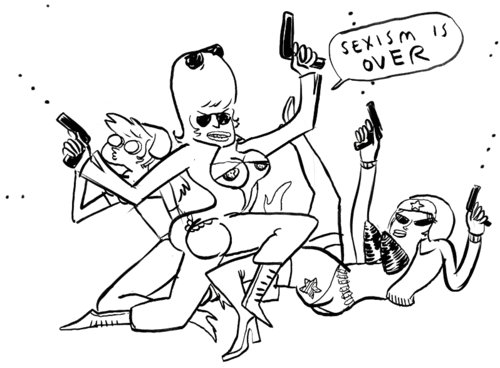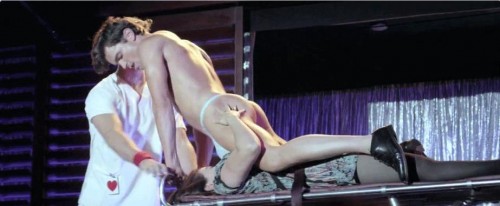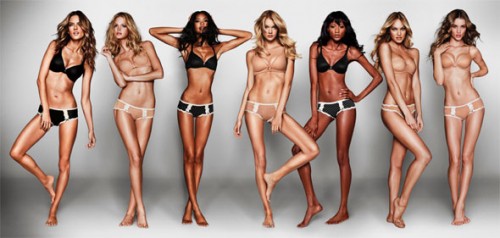Last year Lisa posted about Wonder Woman’s pose on a Justice League cover and the way it revealed performative aspects of gender. DC Comics recently released a new Catwoman series. Majd Al-Shihabi sent in a link to the cover of Catwoman #0. The cover drew a lot of attention for the degree of sexualization of Catwoman, whose unrealistic and painful-looking pose maximizes the prominence of her breasts and butt:
I tried to imagine how you’d have to hold your body to even approximate that pose, but at a certain point it hurt to even think about it.
Gamma Squad posted a number of parodies that highlight the over-the-top sexualization of this female superhero. From Josh Rodgers, of Mushface Comics:
From King of the Siams:
And some time ago Hark! A Vagrant presented Strong Female Characters, which awesomely parodies the “it’s not problematic to sexually objectify all your female characters as long as they’re able to kick ass ‘n stuff!” argument (thanks to Erin R. and Gabrielle M. for sending it in). Here’s just one panel; I recommend following the link to check out the whole thing:
Gamma Squad has several other examples, including one where someone tries to use a graphics design program to reproduce the Catwoman pose without breaking her spine. Results: can’t be done.























